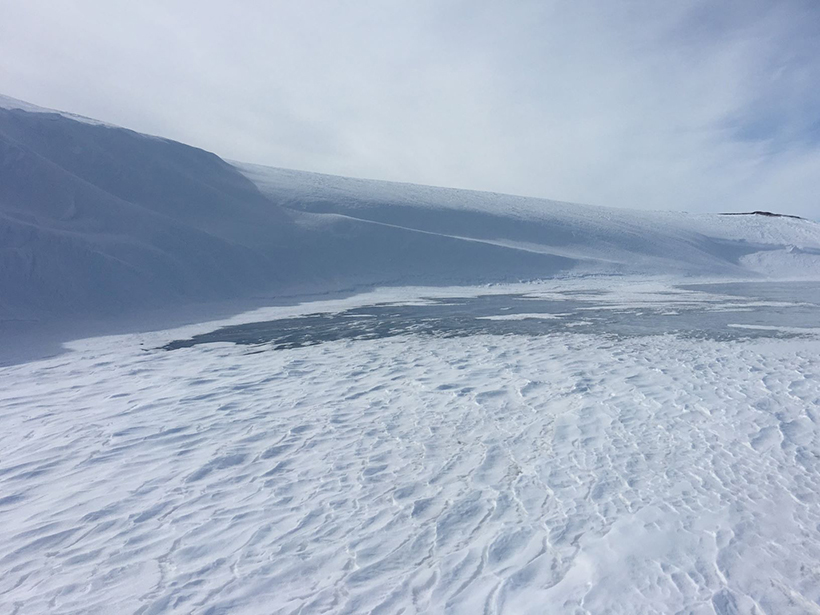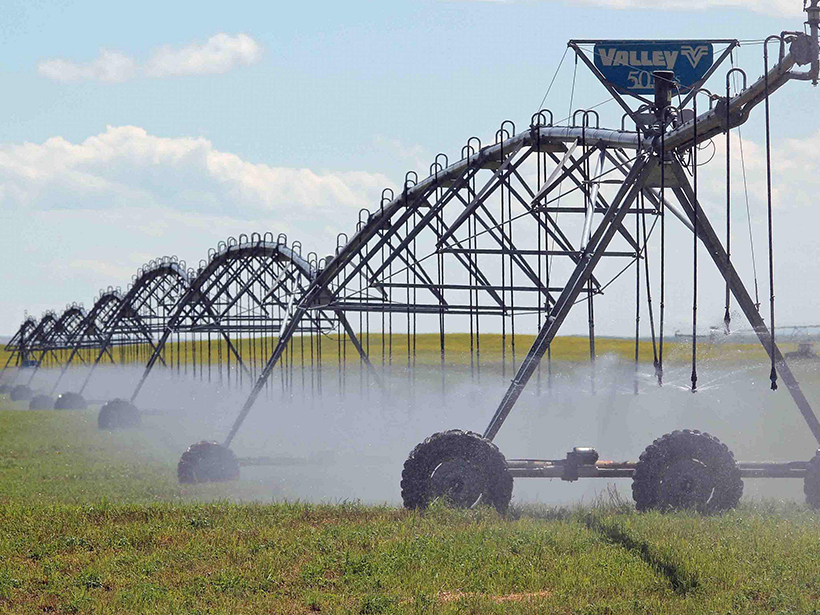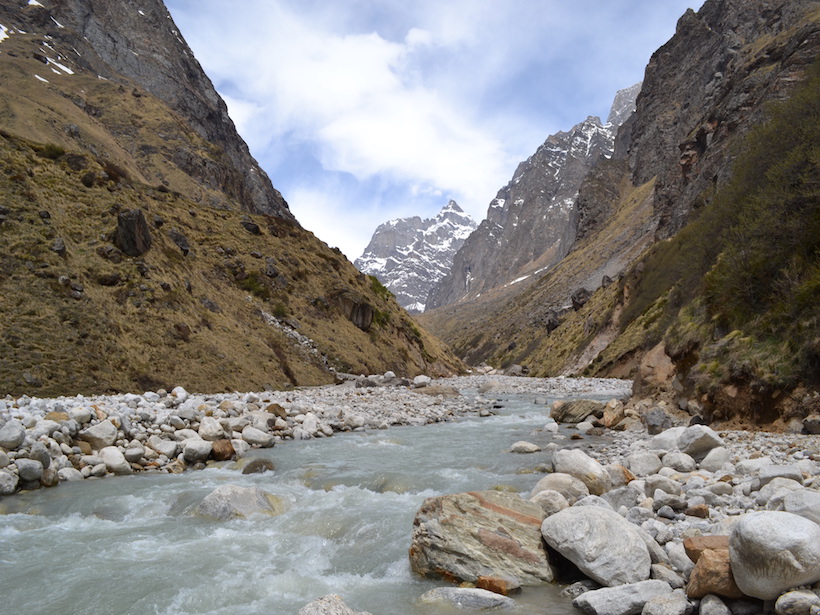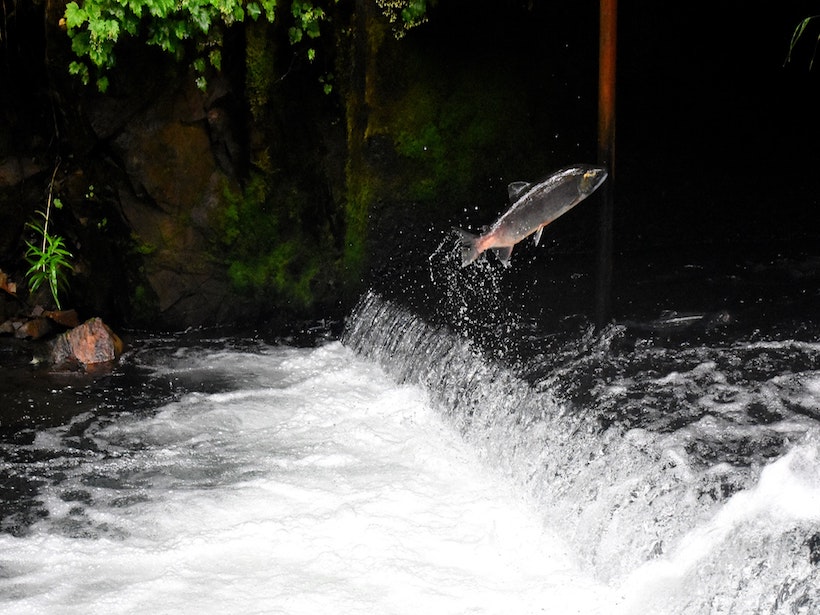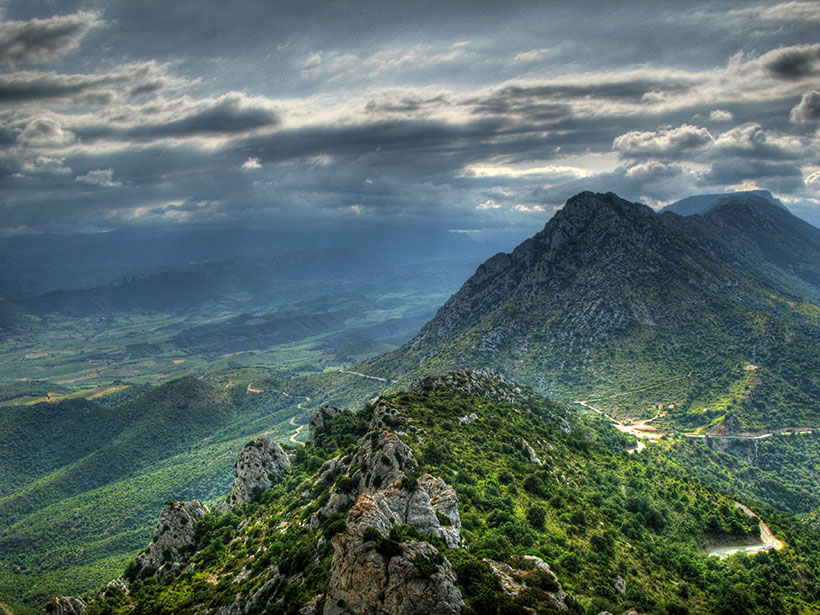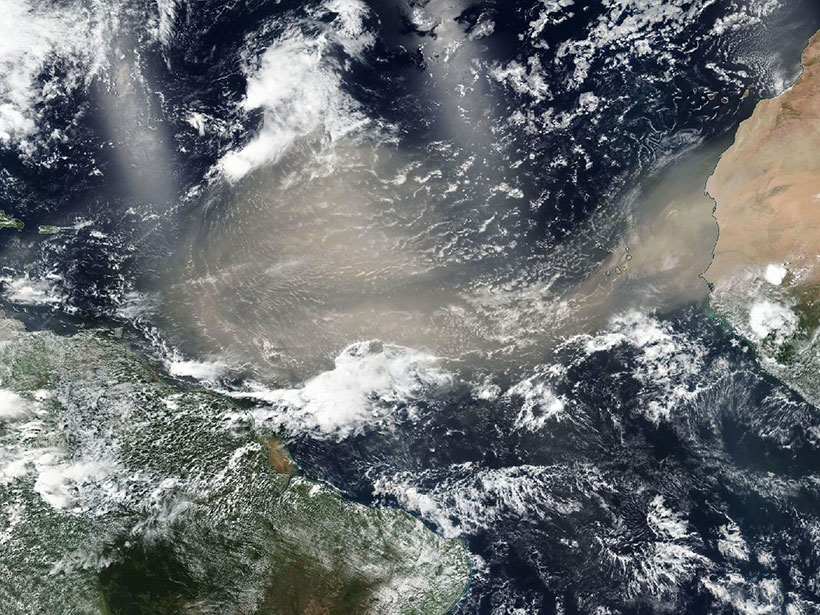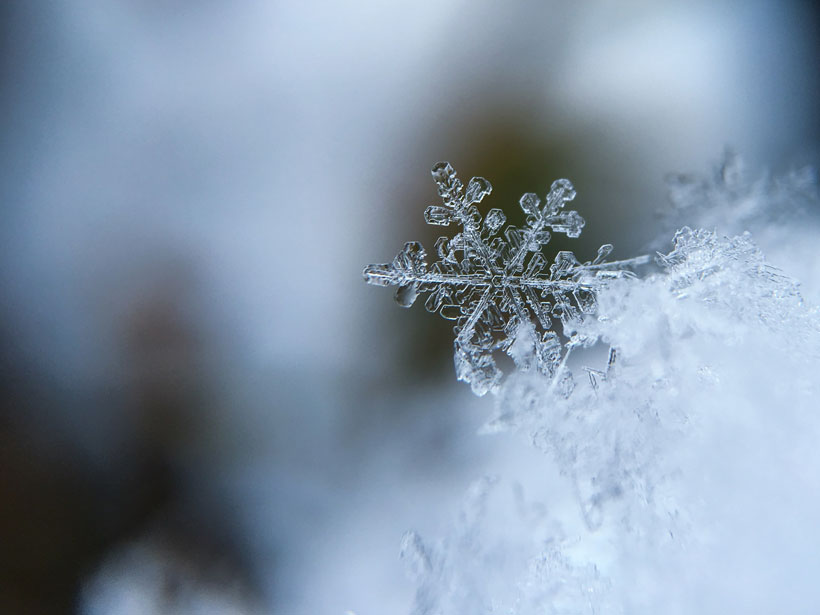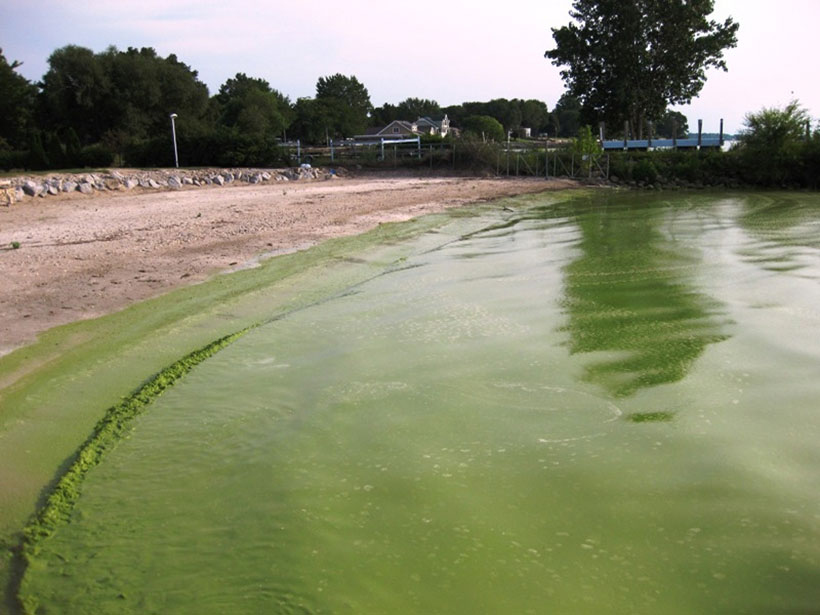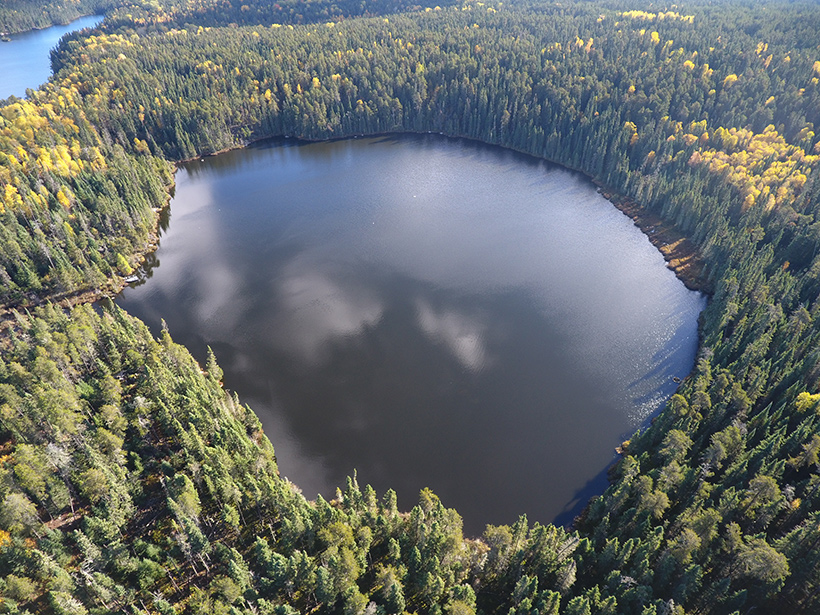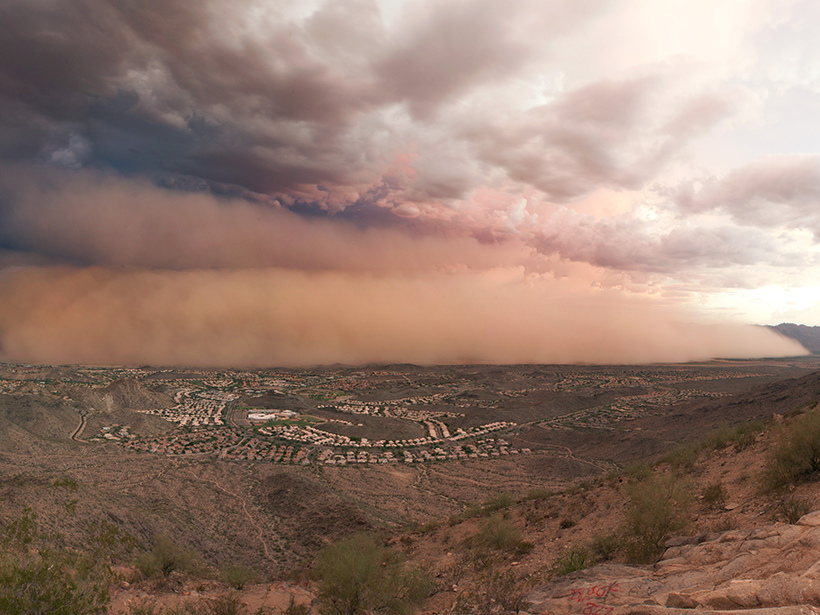Snowdrifts prove less ephemeral than they might seem, occurring in the same places year after year.
David Shultz
Can Satellites Fill Gaps in Agricultural Water Monitoring?
Past studies that have estimated irrigation water usage based on satellite remote sensing have had large uncertainties that could hamper effective water management.
Tracking Trace Elements in the Ganga River
Levels of dissolved trace and heavy metals, which can be toxic, are highly variable across the river basin, concentrating in urban areas with high pollution but diluted by inflow from tributaries.
How River Capture Affects the Evolution of Aquatic Organisms
River basins are dynamic environments that are always changing and reorganizing under geologic forces. New research investigates how this shape shifting influences aquatic speciation and extinction.
Regional Sensitivities Strongly Affect Modeled Climate Extremes
Analysis of temperature and precipitation extremes in two generations of CMIP climate models revealed similarities in regional climate sensitivities, contrasting with divergent global sensitivities.
Trans-Atlantic Dusts May Not Enrich Amazon as Much as Thought
New research indicates that nutrient loads delivered to South American ecosystems by dust originating in Africa are far lower than suggested in previous studies.
New Tool Quantifies and Predicts Snow Droughts
A new metric for calculating snow water equivalence relies on three methodologies: modeling, satellite imagery, and direct observation.
Remote Sensing of Algal Blooms Can Improve Health and Save Money
Using satellites to detect cyanobacterial algal blooms can foster faster decision-making that reduces harm to public health as well as associated costs.
The Lasting Legacy of Phosphorus Buried in Lakes
Research at an experimental lake suggests that phosphorus inputs from runoff may affect the health of aquatic ecosystems long after external additions of the nutrient are reduced.
Dust Storms Associated with Increase in Critical Care Visits
Fine particulate matter from dust storms can exacerbate respiratory diseases, and now scientists have shown that critical care hospital visits spike during and after such events.

